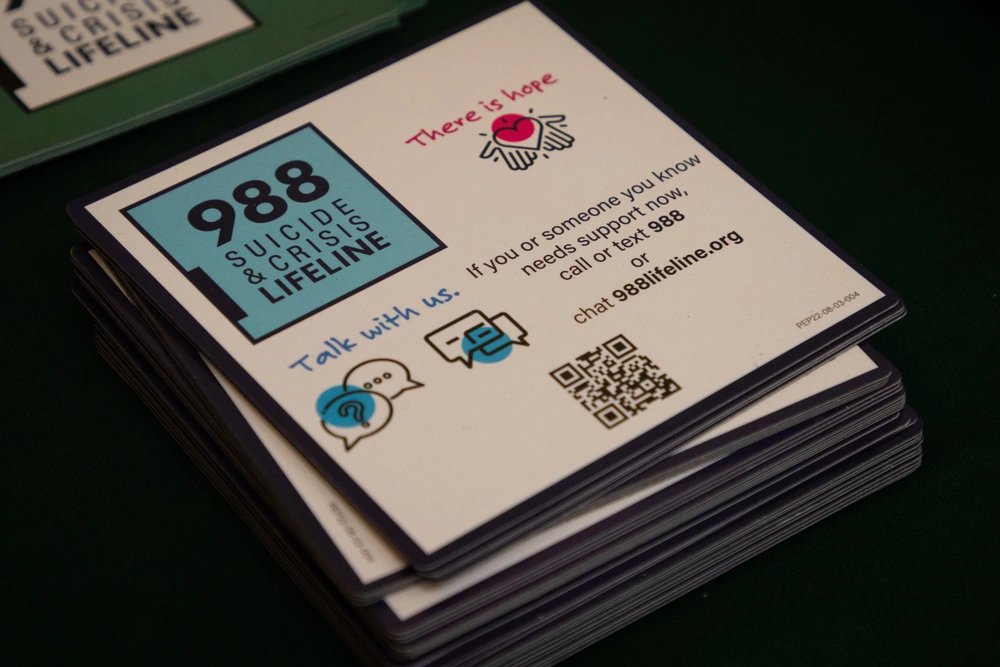Editor’s note: This article discusses suicide. If you or someone you love is struggling with mental health dial 988 today. Help is ready to assist you.
Suicides among active duty military personnel are on the rise, according to the latest information released by the Department of Defense.
The Department’s annual report on suicides in the military, released November 14, said suicides among active duty military rose from 493 in 2022 to 523 in 2023 and noted that most service members who died by suicide were young, enlisted men. Since 2011, active-duty suicides have shown a gradual increase with a 12% increase between 2022 and 2023.
“This 12 percent increase was not statistically significant,” the report stated. “Active Component suicide rates were similar to the U.S. population in most years between 2011-2023 after accounting for age and sex differences.”
The latest report comes on the heels of multiple initiatives enacted by Secretary of Defense Lloyd Austin following 2022’s Suicide Prevention Response and Independent Review Committee (SPRIRC), which provided more than 100 recommendations. In 2023, Austin announced a suicide prevention campaign plan that included fostering a supportive environment, improving the delivery of mental health care, addressing stigma and other barriers to care, and revising suicide prevention training.
“In 2023, we lost more Service members to suicide than in 2022, although we did see a decrease in the number of military family members who died by suicide compared to previous years. One loss to suicide is one too many,” Austin said in a statement accompanying the report.
Dr. Timothy Hoyt, Deputy Director of the Office of Force Resiliency at the Defense Department told CBS News the Defense Department plans to spend $250 million on suicide prevention in 2025 – the largest sum ever invested for this type of initiative.
“We are not immune to the factors that drive suicide throughout the U.S., and our service members face, in addition to those, a number of unique military challenges,” Hoyt told CBS.
Suicide is also a leading cause of death among veterans. According to the Department of Veterans Affairs most recent data, the suicide rate for veterans was 33.9 per 100,000 in 2021, up from 23.3 per 100,000 in 2001. For context – the suicide rate for non-veteran U.S. adults was 16.7 per 100,000 in 2021.
Service members and veterans who are in crisis or having thoughts of suicide, and those who know a service member or veteran in crisis, can call the Veterans/Military Crisis Line for confidential support available 24 hours a day, seven days a week, 365 days a year. Call 988 and Press 1, text 838225, chat online at MilitaryCrisisLine.net.


